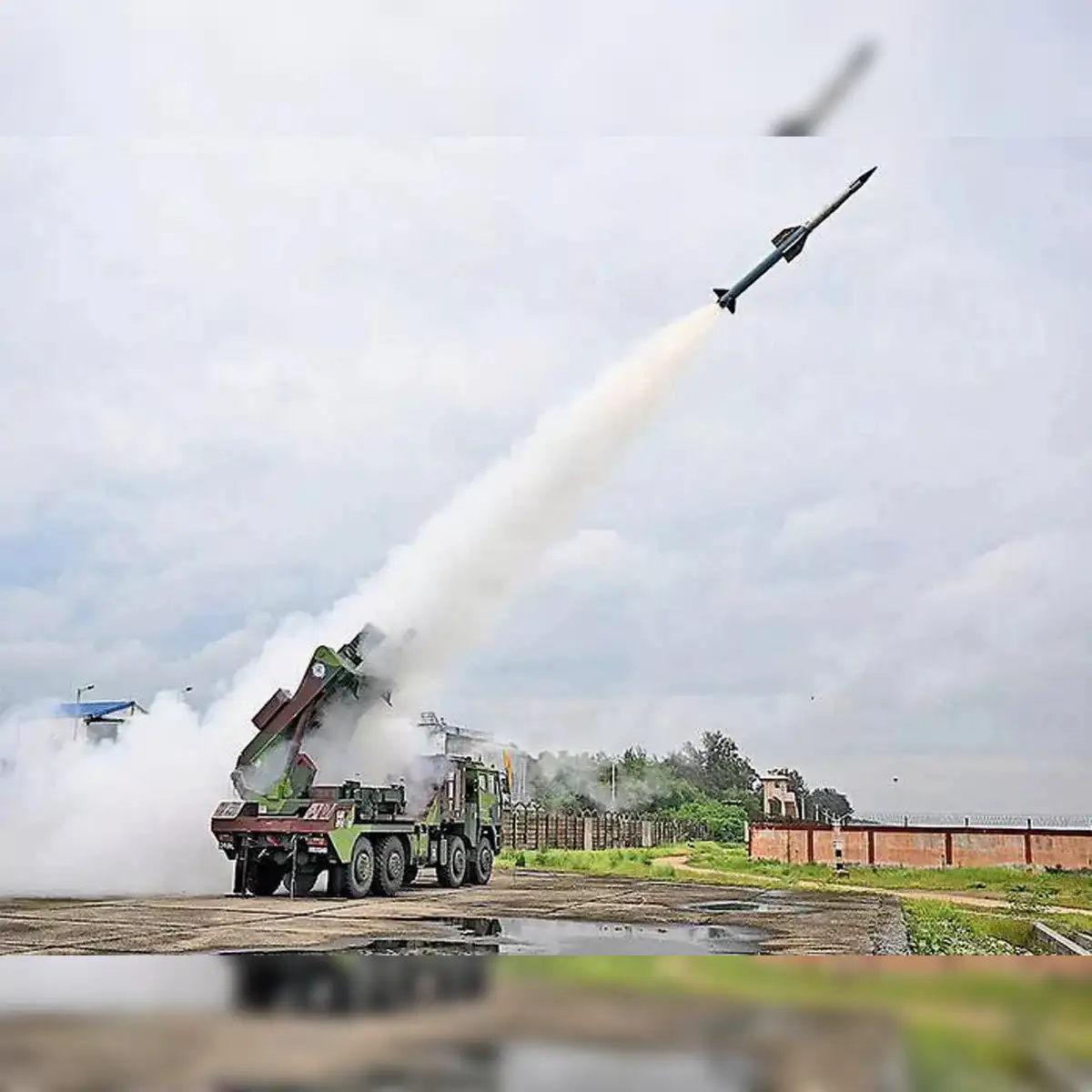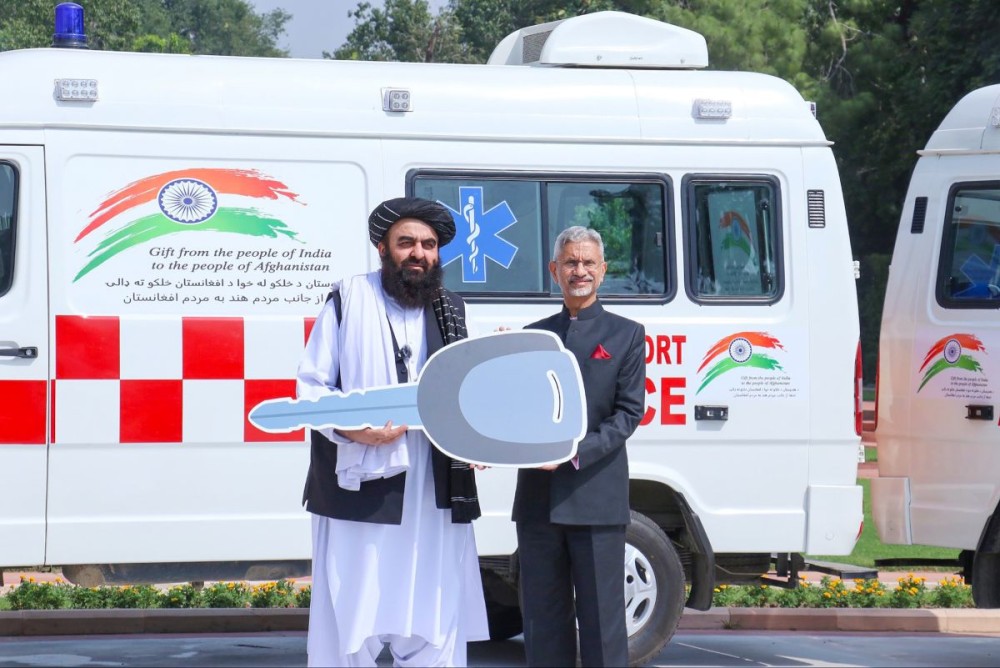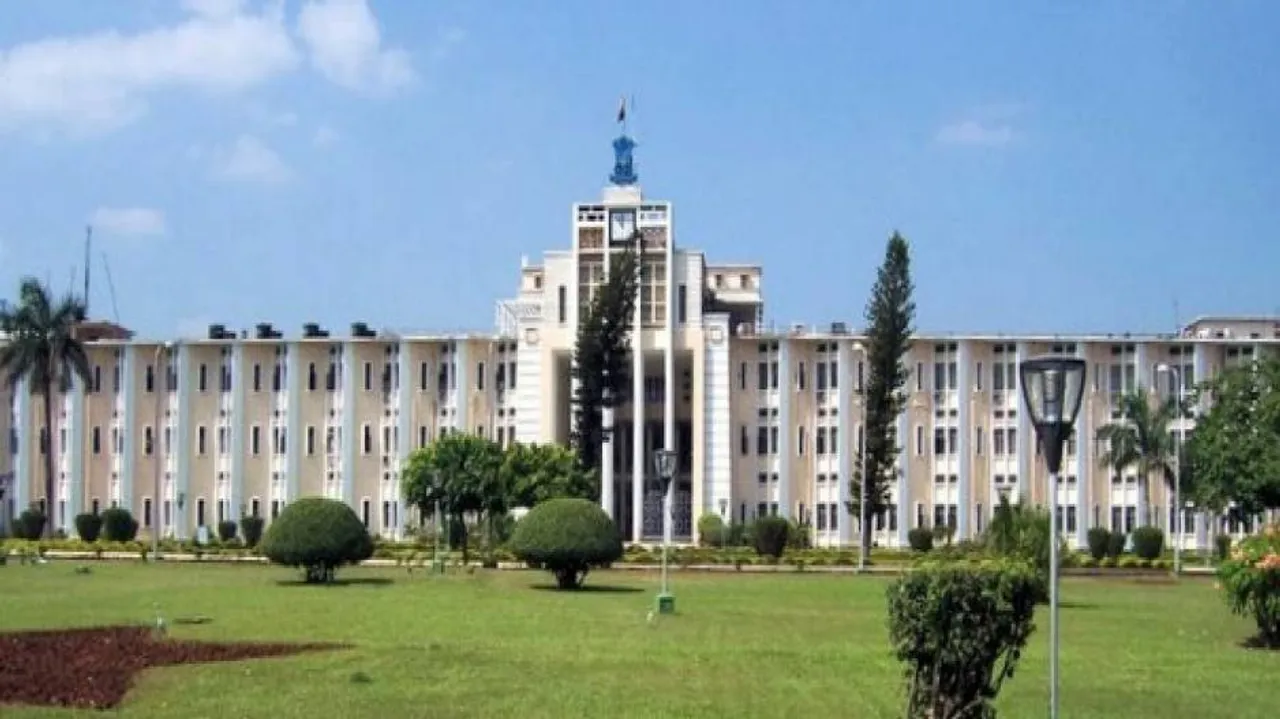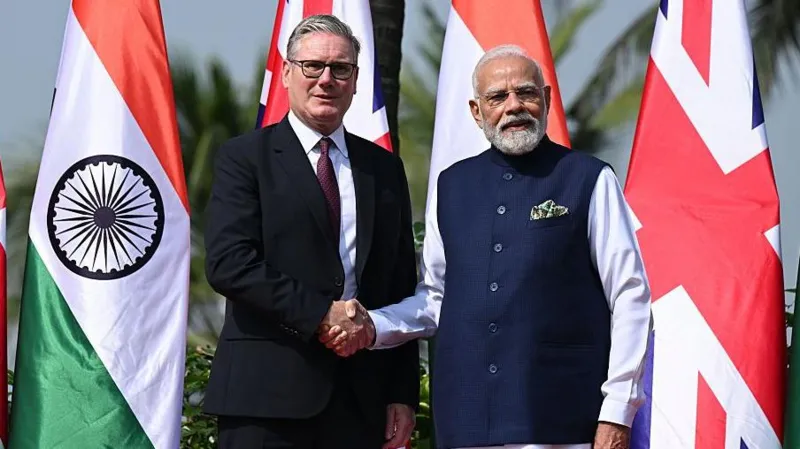Odisha, Sunday (12:30 PM): The Defence Research and Development Organisation (DRDO) has successfully carried out the maiden flight tests of the Integrated Air Defence Weapon System (IADWS) off the Odisha coast, marking a major step towards building India’s indigenous multi-layered air defence shield under Mission Sudarshan Chakra.
According to the Ministry of Defence, the IADWS is designed as a comprehensive, homegrown protection system against multidomain enemy threats. It integrates Quick Reaction Surface-to-Air Missiles (QRSAMs), Very Short Range Air Defence System (VSHORADS) missiles, and a cutting-edge Directed Energy Weapon (DEW) powered by a high-energy laser.
The successful test comes just days after Prime Minister Narendra Modi, in his Independence Day address, announced Mission Sudarshan Chakra — a nationwide, multi-layered and networked security architecture to defend India’s borders and vital installations. The shield aims to combine cybersecurity, surveillance, and air defence capabilities to counter long-range missiles, enemy aircraft, drones, and unmanned aerial systems (UAS).
During the IADWS trials, three separate aerial targets — including two high-speed fixed-wing UAVs and a multi-copter drone — were simultaneously engaged and neutralized. The QRSAM, VSHORADS, and laser-based DEW demonstrated precision strikes at varying ranges and altitudes. All components, including communication systems, radars, and centralized command and control, performed seamlessly, as confirmed by instruments deployed at the Integrated Test Range in Chandipur.
The Centralised Command and Control Centre, developed by the Defence Research & Development Laboratory (DRDL), coordinated the integrated operations. The Research Centre Imarat (RCI) developed VSHORADS, while the Centre for High Energy Systems and Sciences (CHESS) designed the DEW.
Highlighting the importance of the achievement, Defence Minister Rajnath Singh lauded DRDO and the defence industry for establishing India’s multi-layered air defence capability, noting that the IADWS would significantly enhance protection of critical infrastructure. DRDO Chairman Dr Samir V Kamat also congratulated the teams behind the successful demonstration.
India has previously relied on a combination of advanced systems like the S-400 Triumf, Barak 8 MRSAM, and the indigenous Akash missile to secure its skies. The IADWS is expected to be integrated with the Indian Air Force’s Integrated Air Command and Control System (IACCS) and the Indian Army’s Akashteer system, creating a unified, next-generation defensive grid.
With this milestone, India moves a step closer to realizing a self-reliant, robust, and layered air defence shield by 2035 under Mission Sudarshan Chakra.










